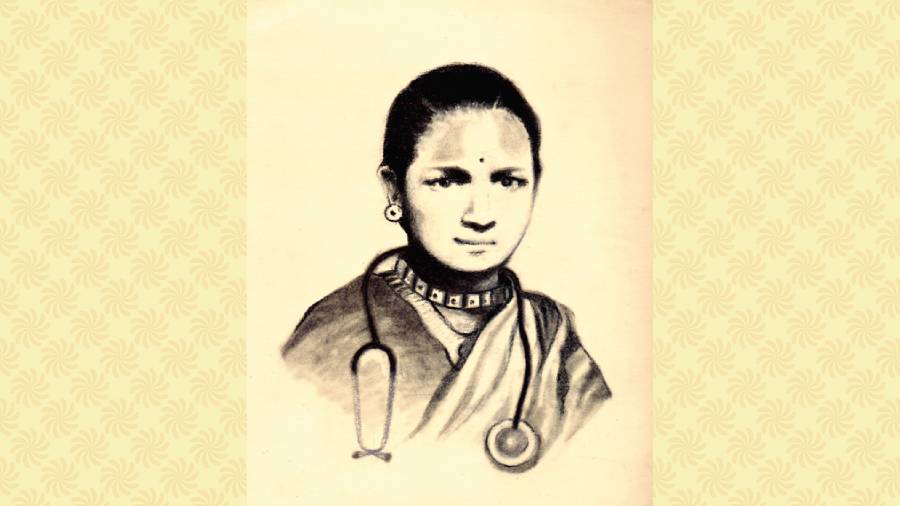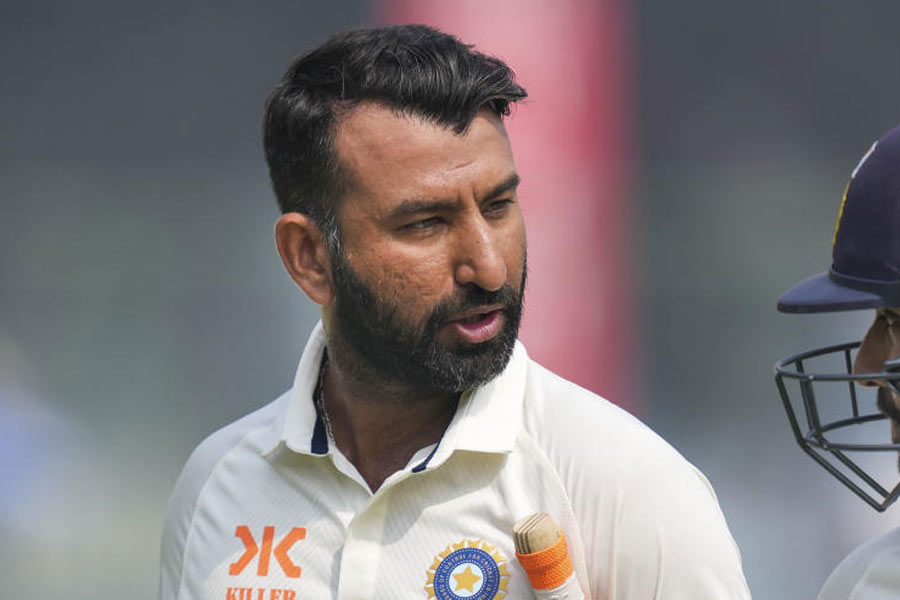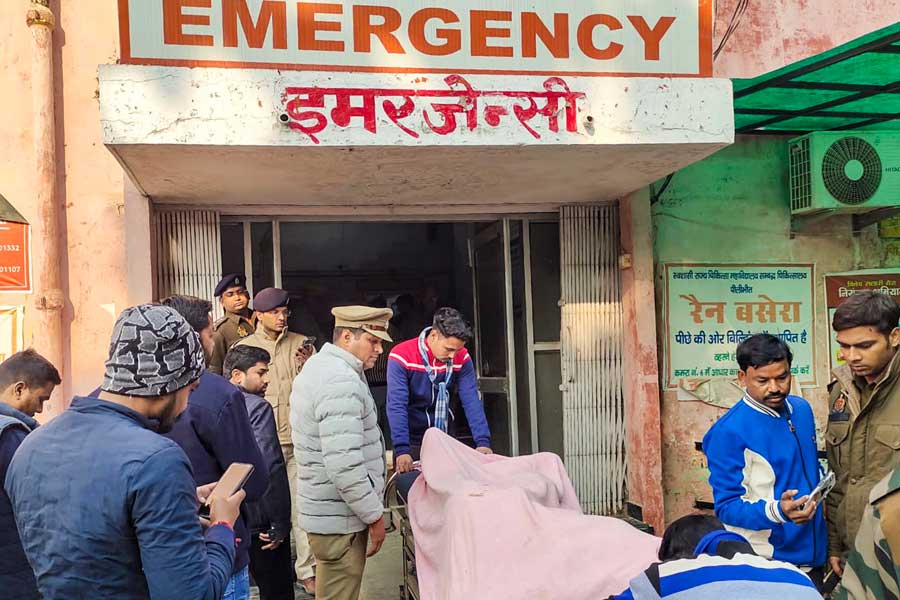Book: Lady Doctors: The Untold stories of India’s First Women in Medicine
Author: Kavitha Rao
Publisher: Westland
Price: Rs 499
Lady Doctors by Kavitha Rao is a compilation of brief biographical sketches of women in late-19th and early-20th century India who studied and practised medicine to the extent possible while battling difficult circumstances. It reads more or less like a mere who’s who of ‘lady doctors’ and does not go beyond the narrative inherent in the sources that it uses. Rao does not offer an interpretation, or even an imaginative retelling, of the material she uses to access the lives and the labour of these remarkable women and the book ends up being a desultory read as a result. There is nothing unpredictable about the telling of the stories of these women, virtually all of whom confronted conservative husbands with grotesquely regressive views on women’s roles and responsibilities. Some of these women battled extreme hardships even as they forged unusual relationships, and most showed grit and commitment to their chosen line of study and work. The author makes no attempt whatsoever to contextualize the stories and retells them in line with whatever is already known. Admittedly, this is a general book for an interested readership, but even so, to talk about women and education, especially medical education, without any references to the complex social context in which these women operated, whether with encouragement or its opposite, empties the exercise of all charge.
This does not detract at all from the fact that the lives and the labour of India’s women doctors, irrespective of their professional designation or success, are inspiring. As simple and direct accounts of fortitude and commitment, they are moving. When one considers the personal journeys of women like Anandi Bai Joshi, Kadambini Ganguly or Haimabati Sen leaving their homes to travel, study and practise medicine, one cannot but appreciate the enormous challenges they confronted. Equally, one cannot but empathize with their ambivalence about the traditions they were forced to reckon with and even defend in public. Rao documents this ambivalence in some detail, but does not engage with the rich scholarship on colonial modernity and the ‘women’s question’ or, indeed, of the medicalization of childbirth in India.
The introduction touches upon the larger theme of silences in the archive and the difficulties of recovering women’s voices. Admittedly, the women doctors studied here did not leave behind diaries or even letters, and even when they wrote, they were predictably circumspect about recording intimate experiences. The exception was Haimabati Sen, whose memoirs were discovered and translated, and have been used by the author to reconstruct a life of vicissitudes and encounters that are almost stranger than fiction. Rao uses the translated memoir to good effect but is not always able to convey the paradoxes of the situation that women found themselves in. Nor does she speculate on why ‘lady doctors’ were almost always associated with reproductive health. It is evident that many of them did not have access to the full MBBS degree or were not even allowed to undertake classes in anatomy and dissection, and the medical needs of the women of the zenana in the secluded female quarters made them the exclusive patients of lady doctors.
It is difficult to pick any one of the women doctors that Rao writes of as each of them had their own individual life story. What stands out, however, is the incredible courage they showed in overcoming their predicaments and demonstrating their fidelity to the mission they embarked upon. This is clear even with the few memoirs that we have and the one that Rao uses to track the story of her protagonists. Going by the reconstruction of Janaki Majumdar’s life by Antoinette Burton, for example, there is no doubt that women’s memoirs hold out immense potential in interrogating received notions of house and home, memory and history, work and care.
Some of Rao’s protagonists lived through the decades after Independence; Muthulakshmi Reddy being an important case in point. Reddy emerged through the 1930s as a robust campaigner against the practice of dedicating women to temples (the devadasi practice), as a serious law-maker in the Madras Legislative Council and as a passionate doctor. Rao, however, expresses reservations about Reddy’s campaign, suggesting instead that her protest was an attempt to disavow her own roots and that she overrode the voices of many devadasi women, who insisted on retaining their rights to practise their art and tradition of dedication. Rao pits Reddy against Nagaratnam, the celebrated devadasi musician and performer, who stood tall in her advocacy of both her traditions as well as of certain aesthetic preferences that did not sit easily with the moralizing pretensions of the educated, reforming Indian elite. There is some truth in this, but the author does not attempt to go deeper into the complexities of the situation, where there were multiple voices within the community of hereditary practitioners against the institution. Some protested alongside Reddy, some against her, while still others eschewed the practice entirely in line with the reformers of the Self-Respect movement. To understand fully the ambiguities of women professionals who found themselves defending or attacking this Hindu tradition requires a closer scrutiny of the context in which these women lived and worked than what Rao provides us with.
Reddy’s career after Independence would make for interesting reconstruction. Little is known about the home she sponsored for destitute women. Had the author offered an epilogue of the afterlives of some of her protagonists and how they were remembered or forgotten in women’s histories, it would have served as a useful corrective to the mainstream histories that are written and consumed about women, education and the public sphere.











